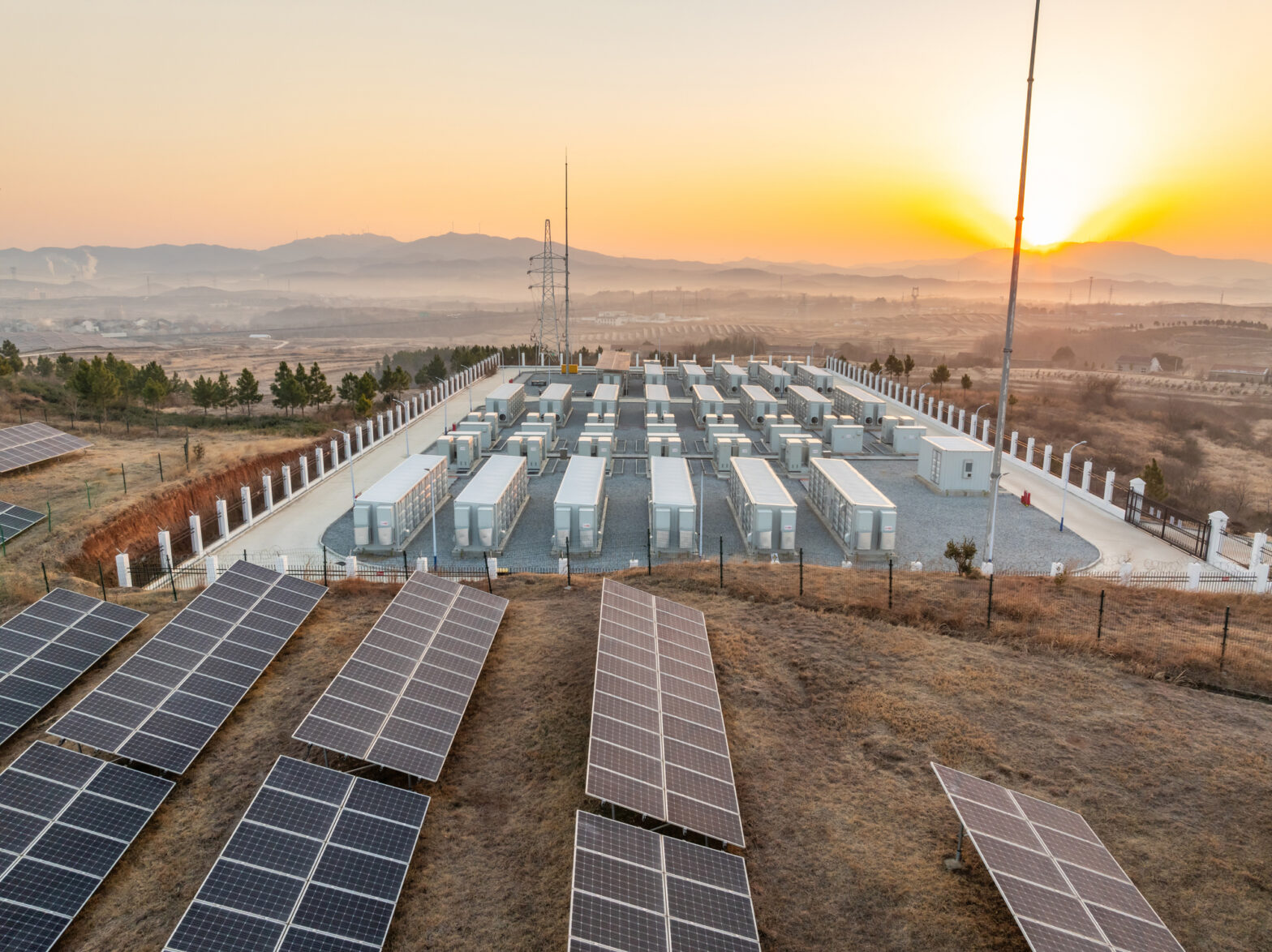January is the season when self-help books fly off the shelves, gym memberships get renewed, and stationary bicycles are pulled out of storage. Everybody seems to be making bold intentions for personal growth and a healthier and more productive lifestyle in the new year. Whether you want to sleep better, eat healthier, or feel happier, there seem to be apps, subscriptions services, and virtual classes ready to help you make good on your New Year’s resolutions.
But how many people wake up on January 1st resolved to make their energy use cleaner, healthier, and more affordable? Not many. And that’s a shame, because more and more utilities are rolling out new rate designs that make it easier than ever for their customers to save money and lower their carbon footprint by simply changing the time of day when they use the most energy.
These time-of-use (TOU) rates charge different prices at different times of the day to reflect the underlying cost of energy supply. Customers on TOU rates can save money by shifting energy consumption to discounted off-peak periods. Simple behavioral changes like running your dishwasher at night or scheduling your electric vehicle to charge while you sleep can potentially save a lot of money on your energy bill.
While TOU rates are more common than ever, customer adoption remains low. In 2015, just 4.5% of residential customers were enrolled in a TOU rate. By 2020, the rate of TOU adoption had increased to 7.3% of residential customers, despite 64% of residential customers having access to TOU rates. The growth in TOU rate adoption between 2015 and 2020 was primarily driven by just four California utilities that rolled out default TOU rates for their customers. Non-California utilities, on the other hand, have seen slow growth in TOU customer adoption.
The majority of utility-offered TOU rates are designed as opt-in programs, meaning that customers must affirmatively enroll in these new rates. Naturally, there is a fair amount of inertia that keeps customers on their default flat rate. It can be challenging to overcome this inertia and motivate customers to both enroll in a TOU rate and change their energy consumption behavior to best take advantage of these rates.
But why specifically aren’t customers opting in? Here are 5 reasons why utility customers don’t sign up for TOU rates and how Uplight can help them overcome these barriers.
1. Customers don’t know about new rates.
Uplight’s personalized recommendations and intuitive user design make understanding rate options simple for customers that may not have thought about their TOU rate options.

2. Customers don’t know how to select the best rate.
Many customers are surprised that they are paying more on a flat rate than they would under a TOU rate. Uplight’s rate analysis tool crunches consumption data and customer preferences to recommend the best rate for each customer.

3. Customers don’t understand how a different rate would benefit them.
Help customers visualize and understand the financial impacts of rates. Uplight’s rate simulation tool can help customers understand how their rate might change if they shift a certain percentage of their consumption from on-peak to off-peak periods. They can also model the bill impact of installing rooftop solar or purchasing an EV.
4. It’s too challenging to sign up for a new rate.
Customers are unclear on the best place to change whether it be via call center or in the customer portal. Uplight makes it easy for customers to enroll in a recommended rate through a seamless digital customer experience.
5. Customers find it too hard to remember to change their energy usage based on their new TOU rate.
Enrollment in a rate is just the first step in a customer’s TOU journey. Uplight provides TOU customers with proactive email communications to help onboard them onto their new TOU rate. Usage analysis and personalized tips help coach customers to adopt and habituate load-shifting behaviors that will save them money.
With Uplight’s Rates solutions, utilities can overcome the most common barriers to TOU rate adoption. The tool combines personalized insights and behavioral design that educates customers about new rate options, identifies the rate that benefits them the most, and recommends relevant tips and product offerings that empower them to manage their bills under the new rate. Utilities can provide a better customer experience, meet targets for TOU rate enrollment, increase customer self-service, and avoid calls to the call center. Finally, utilities can help their customers select a rate that works best for their household and commit to their new rate resolutions for a new year.
1 U.S. Energy Information Administration, Annual Electric Power Industry Report, Form EIA-861.
2 60% of the growth in TOU rate adoption between 2015 and 2020 is attributed to Pacific Gas & Electric, Southern California Edison, San Diego Electric & Gas, and Sacramento Municipal Utility District.





